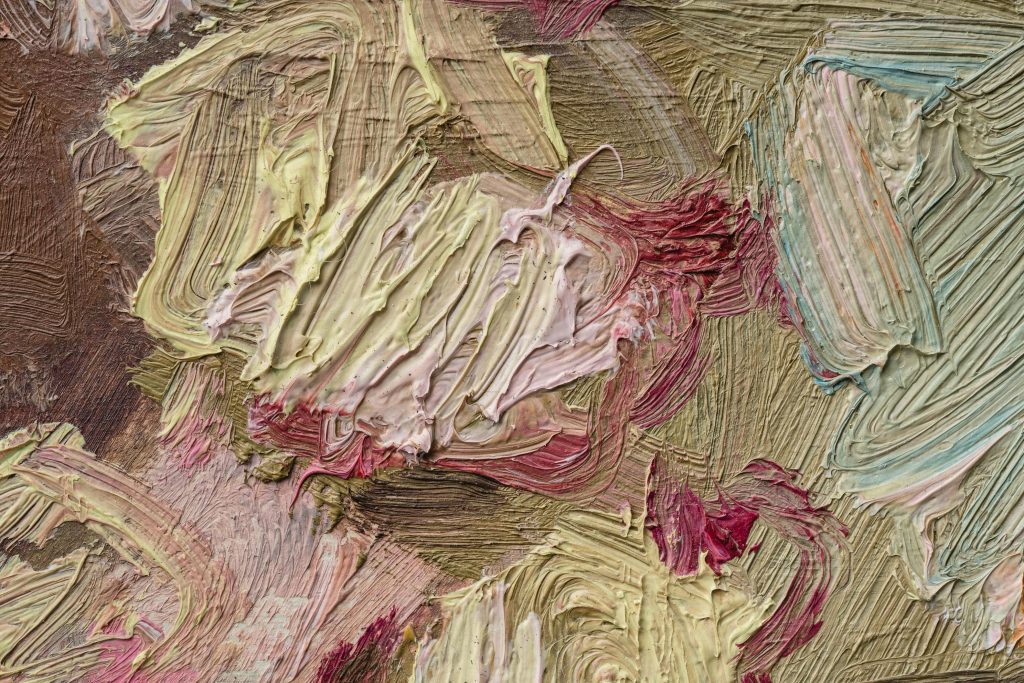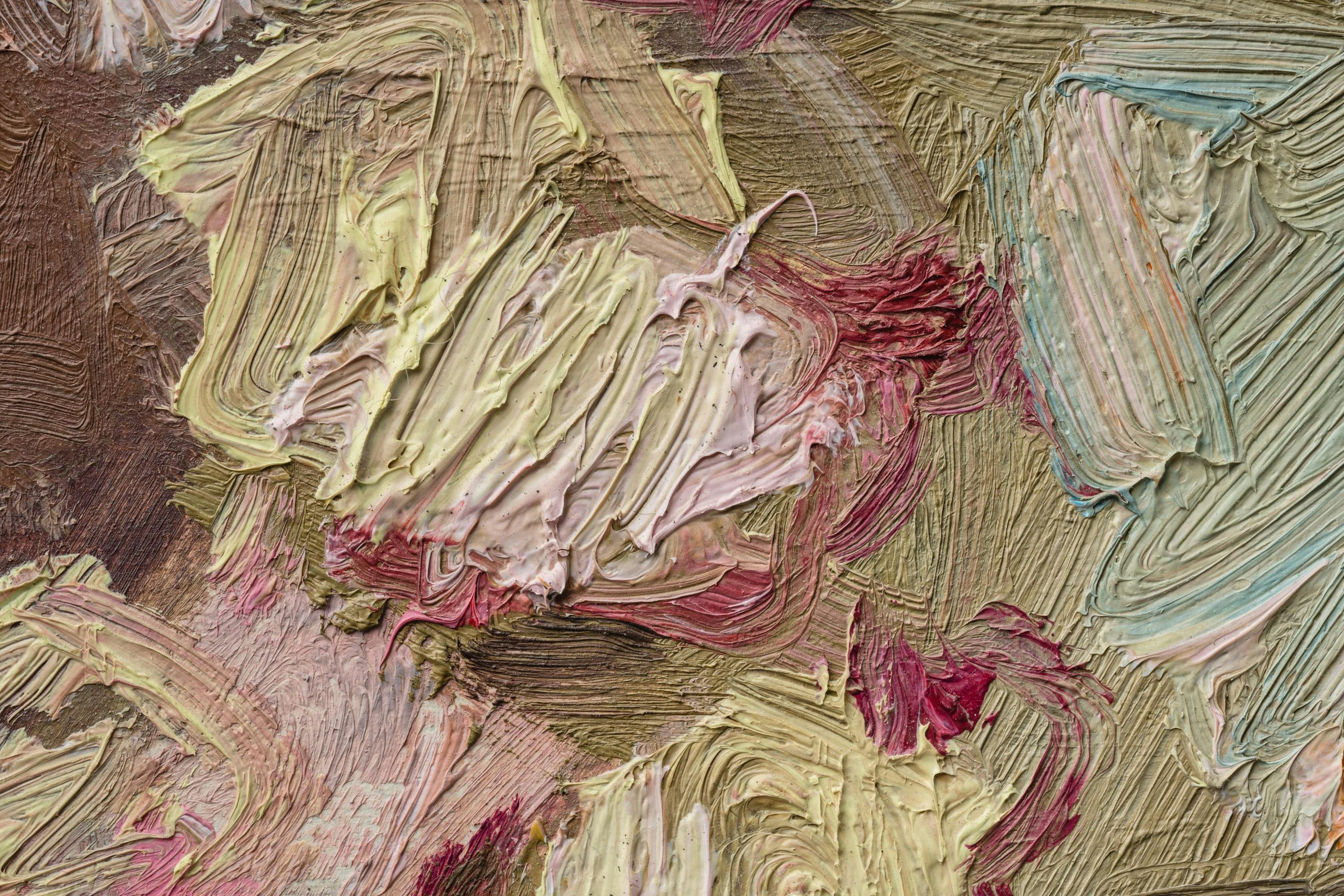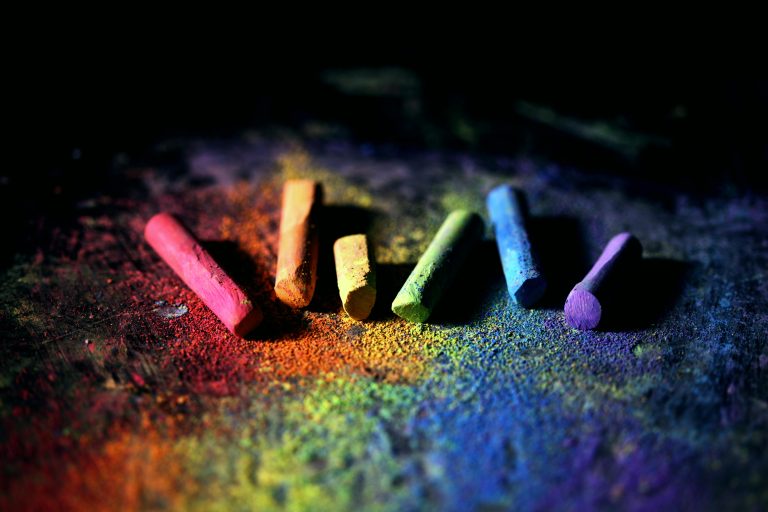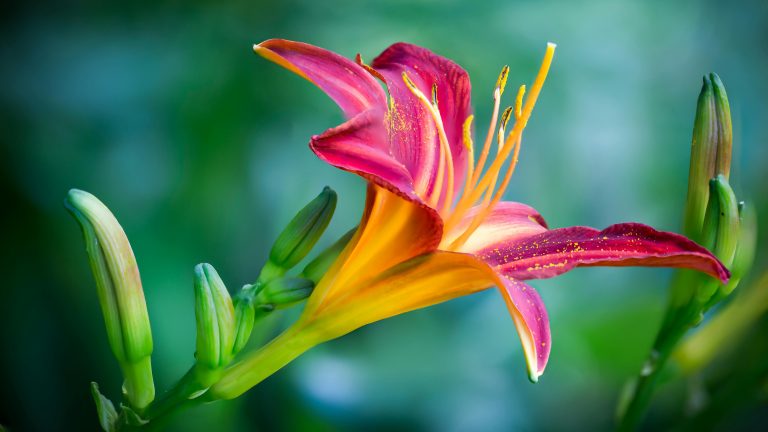Painting Through Emotion: How Colors Reflect What We Feel
Most people think painting starts with a blank canvas and a brush—but often, it starts with a feeling. Sometimes, it’s hard to explain what’s going on inside. There might be a weight on your chest or thoughts moving too fast, and you don’t know how to slow it all down. That’s when color becomes something more than just something pretty—it becomes a language.
Colors are powerful. They carry energy, memories, and moods without needing explanation. When you’re painting, the colors you reach for aren’t always a conscious choice. They’re often led by what your body is holding onto—joy, exhaustion, peace, anger, confusion. The painting becomes a mirror, quietly showing you what’s been tucked away.
Why Our Mood Influences Our Color Choices
You might not even notice it at first. One day you’re drawn to deep navy blues and smoky grays. Another day it’s all gold, peach, and pale pink. There’s a reason for that. Color psychology is real—different shades naturally evoke different emotions, and we’re often pulled toward them based on what we’re internally processing.
Red might show up in moments of frustration or passion. Green can bring in grounding, balance, or even hope. Warm oranges might emerge when you’re feeling nostalgic or bold. You don’t have to know the “rules” of color theory for your brain and body to respond to it. They just do.
Painting as an Emotional Temperature Check
When you’re caught in the middle of strong emotions, it’s easy to feel out of control. Painting provides a small window of focus—something physical to do with your hands, something grounding to bring you back into the present. And when you look at what you’ve created afterward, it’s like reading a mood map. You see your mind in swirls and shapes. It’s not about the final look. It’s about the message behind it.
Even if you don’t consciously realize you’re sad or tense or calm, your color choices usually do. And over time, looking back on your art becomes a powerful way to track growth, patterns, and healing.
Blending Colors = Blending Emotions
Emotions are never simple. You’re rarely just happy or just anxious. Most days, you’re holding a mix of things at once. That’s why blending colors can feel so symbolic. It reflects the layers of your emotional life. A canvas filled with soft transitions from color to color tells a story of duality—of confusion paired with clarity, of peace next to fear, of sadness laced with quiet acceptance.
It’s okay if your painting doesn’t make sense to anyone else. It doesn’t have to. The process of blending and layering is the part that heals. It allows you to make space for complex emotions without trying to “fix” them.
How to Start If You’re Unsure
If this sounds like something you need, but you’re not sure where to begin, don’t overthink it. Start with one brush. One color. One shape. You don’t need a vision. Just a feeling. Play some music. Let yourself zone out. Follow your instincts. Your hands will guide you more than your head ever could.
And if nothing comes out the way you hoped? That’s okay too. You showed up. You gave your emotions a space to breathe. And that’s already enough.
Final Thoughts: Let Color Be Your Compass
Painting doesn’t just help you express—it helps you discover. It gives your feelings form. It lets your inner world speak without judgment. And most importantly, it reminds you that emotions are not something to hide—they’re something to hold.
So the next time you’re unsure how you feel, reach for color. Let the paint say it for you
For more ways to slow down and reset, keep coming back to SootheSync







